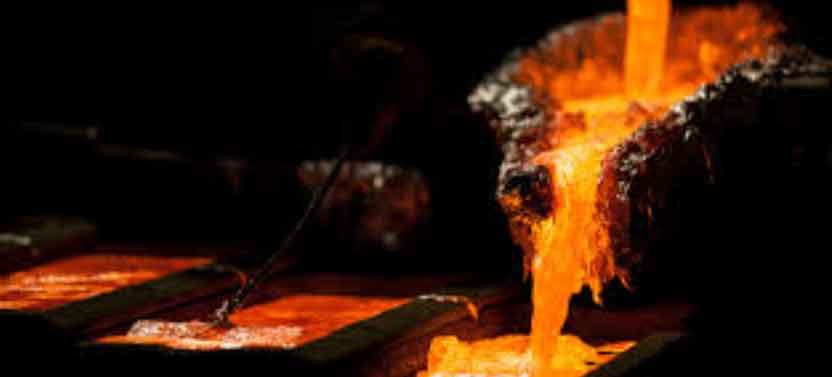
China has indeed made significant advancements in casting technology in recent years, reflecting its commitment to innovation and technological development. The country’s focus on enhancing casting techniques and processes has resulted in improvements in efficiency, quality, and overall competitiveness in the global casting industry. Here are some key areas where China has showcased innovation in casting:
- Advanced Casting Techniques: China has embraced advanced casting techniques such as precision casting, investment casting, and vacuum casting. Precision casting, also known as lost-wax casting, allows for the production of intricate and complex metal components with high dimensional accuracy. Investment casting involves creating molds using a wax pattern that is later melted away, leaving behind a precise mold cavity. Vacuum casting enables the production of high-quality castings by minimizing impurities and defects.
- Material Development: China has been actively researching and developing new materials for casting applications. The focus has been on developing high-performance alloys, including aluminum, steel, and titanium alloys, which offer superior mechanical properties and enhanced performance characteristics. These materials are used in various industries, such as aerospace, automotive, and machinery manufacturing.
- Digitalization and Automation: China has embraced digitalization and automation in casting processes to improve efficiency and productivity. Computer-aided design (CAD) and computer-aided manufacturing (CAM) technologies are widely used to optimize casting designs and simulate the casting process before actual production. Automation technologies, such as robotics and advanced machinery, have been adopted to streamline production, reduce labor costs, and ensure consistent quality.
- Additive Manufacturing (3D Printing): China has made significant progress in the field of additive manufacturing, commonly known as 3D printing. This technology enables the production of complex castings with intricate geometries that are difficult to achieve using traditional casting methods. China has invested in research and development, as well as the industrial application of 3D printing in casting, particularly in the aerospace and automotive sectors.
- Quality Control and Inspection: China has recognized the importance of stringent quality control and inspection in the casting industry. Advanced non-destructive testing (NDT) techniques, such as X-ray inspection, ultrasonic testing, and magnetic particle inspection, are used to detect and eliminate defects in castings. This ensures that the final products meet international quality standards and customer requirements.
- Research and Collaboration: Chinese research institutions, universities, and companies actively collaborate to drive innovation in casting. The government has encouraged partnerships between academia and industry to promote research and development activities, technology transfer, and knowledge sharing. These collaborations have played a crucial role in advancing casting technologies and promoting the exchange of ideas and expertise.
China’s commitment to technological advancement and innovation has positioned it as a leading player in the global casting industry. The country’s focus on advanced casting techniques, material development, digitalization, automation, additive manufacturing, and quality control has contributed to the growth and competitiveness of its casting sector. With ongoing research and development efforts, China is likely to continue pushing the boundaries of casting technology in the future.
